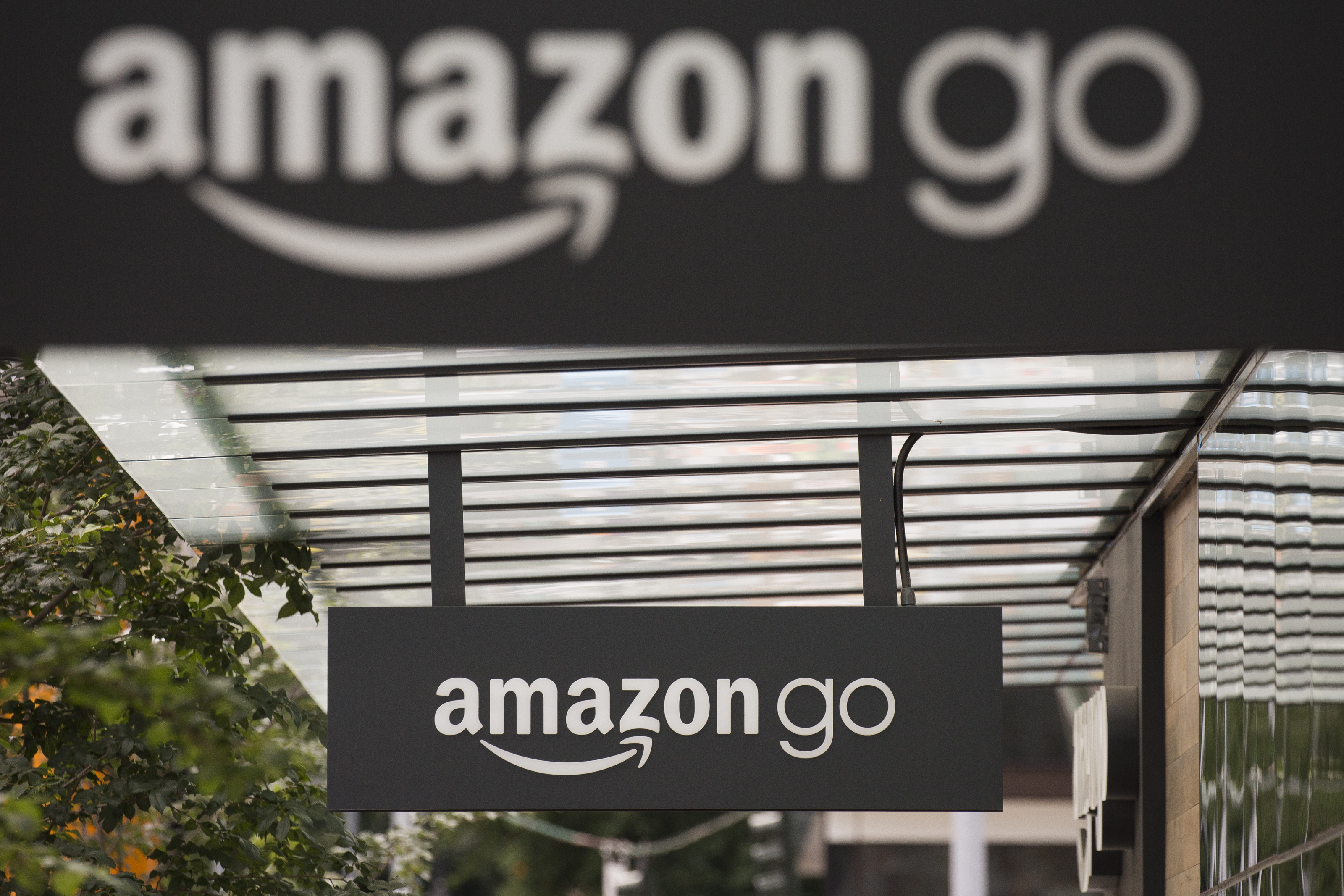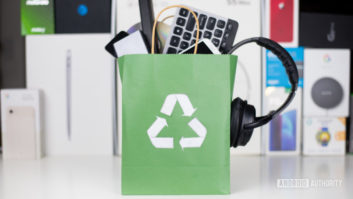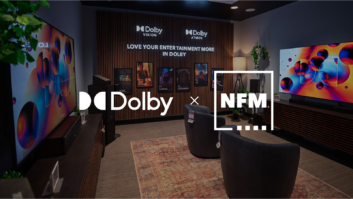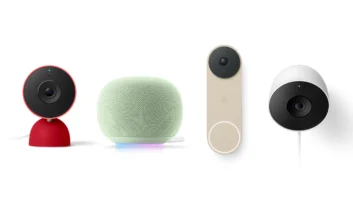
With Amazon Go piloting employee-free stores, a vision of retail’s future is taking shape at this very moment, and it is vastly different from what we know.
This new vision is replete with robotics, artificial intelligence, sensors, cameras and monitoring technology providing customer service far superior to what we experience in brick-and-mortar stores today. It is clear that competition in the retail industry is a significant impetus for these high-tech changes, and online retailers like Amazon are winning the day. Brick-and-mortar small businesses are suffering from the combined assault of online retailers and changing customer preferences.
In the face of this shift, how can brick-and-mortar stores retain their viability? One school of thought contends that they should focus on providing an unbeatable customer experience. The logic is that brick-and-mortar stores can never compete successfully with the online format in efficiency, convenience, or cost; therefore; they should focus instead on providing experiences so enjoyable that customers continue to flock into their stores.
Need To Know: Artificial Intelligence
The question becomes, then, what do these highly enjoyable brick-and-mortar shopping experiences look like? The possibilities are endless if we look to the near future: Consumers could use augmented reality to see how garments would look on them rather than spend time trying them on; they could interact with friends to virtually show off the clothes they’re trying; eventually, they could even get their purchases altered and fitted using robots. In grocery stores, shopping bots could help shoppers to find items that help them stay within budget.
However, luring consumers with this kind of advanced technology is not a viable business model until said technology is more developed and much cheaper to implement. In the nearer term, we can take a lead from the “new retail” as it is playing out in China. There, a combination of smart technologies are being used behind the scenes for loading and stocking products, forecasting demand, managing inventory, scheduling employees and moving toward smaller stores and kiosks to reduce overhead.
Advanced technology is also being rolled out in China in more consumer-facing functions. It is important that this type of technology be optional for the foreseeable future, so consumers can decide for themselves whether to take a tech-enabled or employee-assisted path through an in-person shopping experience (like self-checkout lines at grocery stores that some consumers love as much as others can’t stand them). Stores too heavy on the employee-replacing technology run the risk of creating experiences that consumers describe as impersonal — especially outside of cities with highly tech-savvy populations like Seattle and San Francisco.
As brick-and-mortar retailers plot their future, a cautionary tale can be found in the airline industry, where customer service has suffered as the hands of efficiency, and profit margins have taken a hit as a result. It is absolutely possible to take a different direction in retail — as long as retailers keep their imaginations open and don’t move into the new area without the consumer in mind.
P. K. Kannan is the Ralph J. Tyser Professor of Marketing Science at the Robert H. Smith School of Business at the University of Maryland. His main research focus is on marketing modeling, applying statistical and econometric methods to marketing data. He has corporate experience with Tata Engineering and Ingersoll-Rand and has consulted for companies such as Frito-Lay, Pepsi Co, Giant Food, Black and Decker, SAIC, Fannie Mae and IBM.













